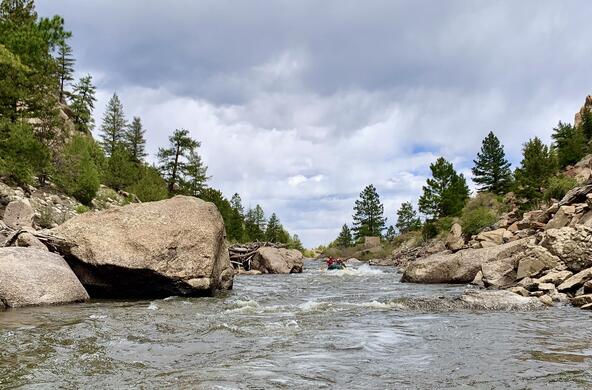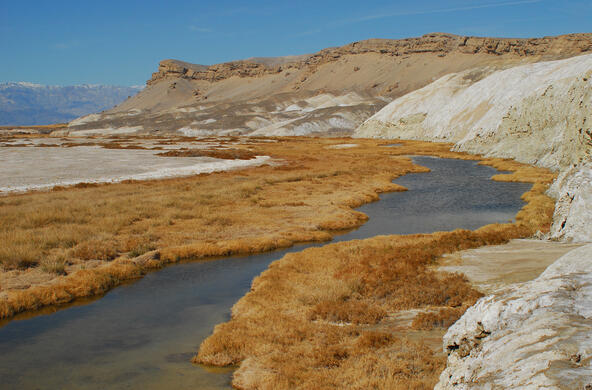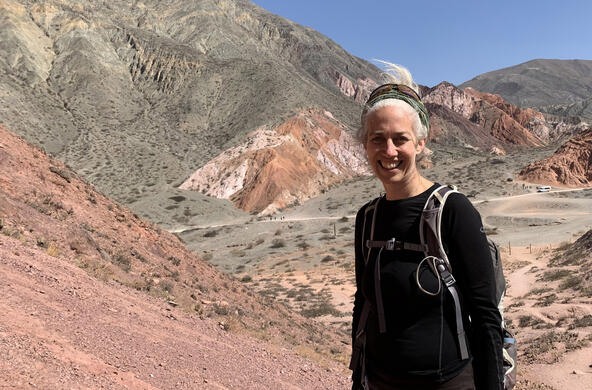As warm-blooded organisms, humans and other mammals have a normal body temperature that is slightly above the average temperature of their evolutionary environment. The fact that our body temperature is high (98.6 F) reflects our evolutionary origins in the plains of Africa. A high body temperature allows a human to dissipate heat from exercise and other metabolic activities, since the environment is normally cooler than body temperature. We can also seek shade and air conditioning to provide a lower outside environmental temperature. The siesta, long a tradition in hot climates, has a real role in human physiology.
When the environmental temperature rises above body temperature, the body must dissipate heat via evaporative cooling—i.e., sweating. Anything that impedes evaporation from the surface of the body will reduce heat loss under these conditions and death may occur. It may not be pleasant, but individuals in desert environments can work through the mid-day sun by drinking copious amounts of water. The humidity is low and evaporation is effective for cooling.
Recently, however, several research groups have examined the anticipated distribution of future global temperatures, as a result of climate change. Over a two to three-week period, humans may show some acclimation to high temperatures, but there are limits to the process. Already, in some world regions, such as India, the daytime temperatures reduce the number of work hours, thus impacting economic activity, especially in the agricultural sector. While most past studies have considered temperature alone, in many tropical and subtropical regions future conditions are exacerbated by high regional humidity, which reduces the effective evaporative cooling.
Another study estimated what areas of the world will become unhabitable for humans as a result of temperature increases. Again, regions of high humidity and temperature are indicated in South Asia. For some 700 million people of India, death or relocation may be the only options. While ecologists have focused on native animals that are extirpated with climate change, sociologists are now alert to mass human migration as a response to global warming.
An increasing prevalence of air conditioning may spare white-collar workers, but the agriculture sector has limited options and livestock are also vulnerable. And, of course, unless the electricity is derived from non-fossil sources, air conditioning exacerbates the global warming problem.
Heat Stroke—just when you thought that disease, crop failures, and sea-level rise were our largest worries about climate change.
References
Gasparrini, A., et al. 2017. Projections of temperature-related excess mortality under climate change scenarios. Lancet Planetary Health doi: 10.1016/S2542-5196
Lu, Y.C. and D.M. Romps. 2023. Predicting fatal heat and humidity using the heat index model. Journal of Applied Physiology 134: 649-656
Parsons, Luke, et al. 2022. Global labor loss due to humid heat exposure underestimated from outdoor workers. Environmental Research Letters 17. 014050.
Piantadosi, C.A. 2003. The Biology of Human Survival. Oxford University Press.
Riddell, E.A. et al. 2021. Exposure to climate change drives stability or collapse of desert mammal and bird communities. Science 371: 633-636.
Thompson, V., et al. 2023. The most at-risk regions in the world for high-impact heatwaves. Nature Communications doi: 10.1038/s-41467-023-37554-1








